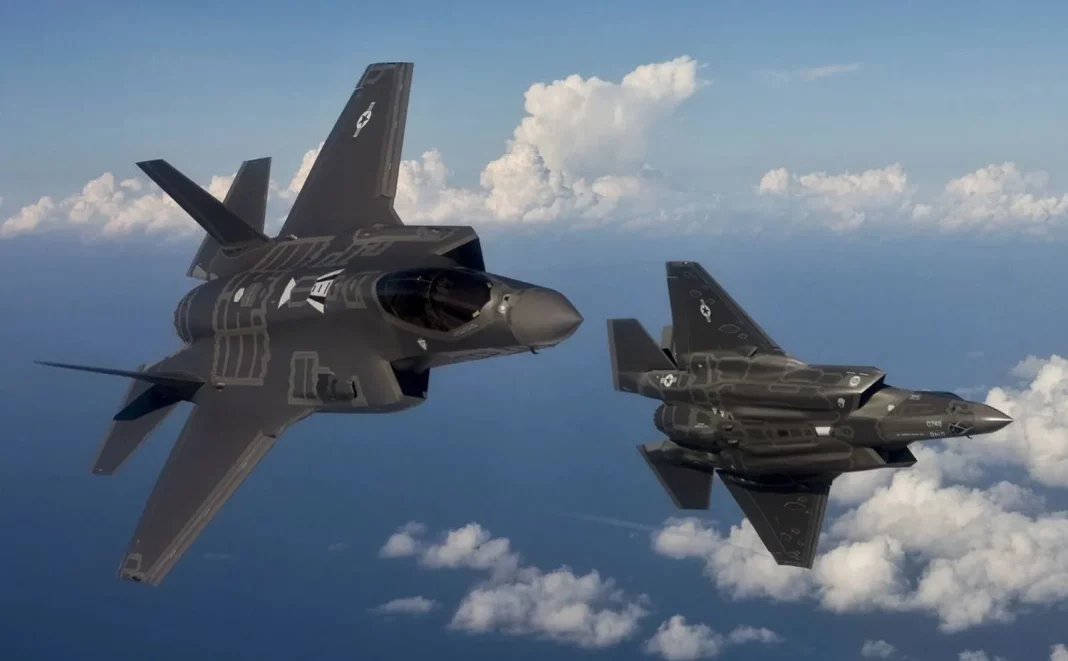Achievement comes when President Erdoğan faces another political test in a year’s time in the form of local elections, where techno-nationalism is proving useful in masking economic misery
By Iftikhar Gilani
Ahead of local elections scheduled for March 31, Türkiye recently unveiled its first indigenous fifth-generation fighter jet, joining the elite club of five countries that manufacture their own fighter jets. This success comes at a time when President Recep Tayyip Erdoğan is facing another political test within a year. As there are no provincial elections in Türkiye, the mayoral elections, particularly in the cities of Istanbul and Ankara, are of political importance and will determine the future leadership.
Observers believe that the unveiling of the fighter jet appeals to the predominantly nationalist needs of Turkey’s middle class, given the economic slump and steep price rises burning holes in their pockets. Türkiye with Russia on its eastern border and European-backed Greece on its western border, has often been insecure. With the appropriate defence capabilities, evidenced by the production of drones and now fighter jets, Türkiye is emerging as a strong military power in the Mediterranean and the Balkans.
Although the Turkish aerospace industry is a newcomer in the production of modern fighter jets, it has shown remarkable adaptability and innovation, presenting prototypes not only for the KAAN but also for other stealth and drone projects within a short period of time. Looking at similar projects in other countries such as India, which have failed to take off, the agility of the Turkish defence sector offers a compelling example of what strategic progress and focused development can achieve.
The KAAN is expected to Turkiye’s ageing F-16 fleet. This achievement is Turkiye was removed from the F-35 programme only two years ago because it had moved closer to Russia and purchased the S-500 air defence system batteries.
According to insiders, the KAAN is designed for versatility and advanced warfare capabilities, including stealth, supersonic speed and AI integration, with features that meet and exceed modern combat requirements. But they say challenges remain, particularly in achieving full operational capability and coping with economic pressures that could impact production and development schedules.
The KAAN also reflects Turkiye’s overall ambition to secure the future of defence through indigenous innovation. As the global defence landscape evolves, the development of KAAN will be closely watched as a symbol of national achievement and a harbinger of Türkiye’s aspirations on the world stage.
The ruling Justice and Development Party (AK Party) under Erdogan has focused on the idea of a “great and powerful Turkey”– in its visions for 2053 and 2071. According to Murat Yeşiltaş, director of foreign policy at Turkish think tank SEATA, KAAN offered a new tool of public diplomacy and put a revolutionary stamp on the military innovation of Turkey’s military-industrial complex.
“From a socio-political perspective, developments in the defence industry are renewing the narrative that underpins traditional nationalism and giving rise to a new derivative, techno-nationalism,” he said.
Yesiltas emphasises that this does not mean that traditional nationalism is being marginalised, but rather highlights the hybrid nature of nationalism, with technology at the forefront. Erdoğan has been very good at using this tool by expanding the perception of the domestic and national defence industry to the entire political geography of Turkey and strengthening the country’s sense of security as it was during the Ottoman Empire.




